The symphony of nature is never more apparent than in the melodious calls of our feathered neighbors. For backyard birding enthusiasts, identifying birds by their distinctive sounds opens up an entirely new dimension to wildlife observation. While visual identification has its merits, recognizing bird calls allows you to detect species hidden by foliage, singing at dawn before visibility improves, or simply passing overhead. Mastering these seven essential bird sounds will transform your backyard birding experience from casual observation to meaningful connection with the avian world around you. Whether you’re a novice with a newfound interest or a seasoned birder looking to refine your auditory skills, these signature calls represent the foundation of acoustic bird identification in North American backyards.
The Classic American Robin’s Cheerful Carol
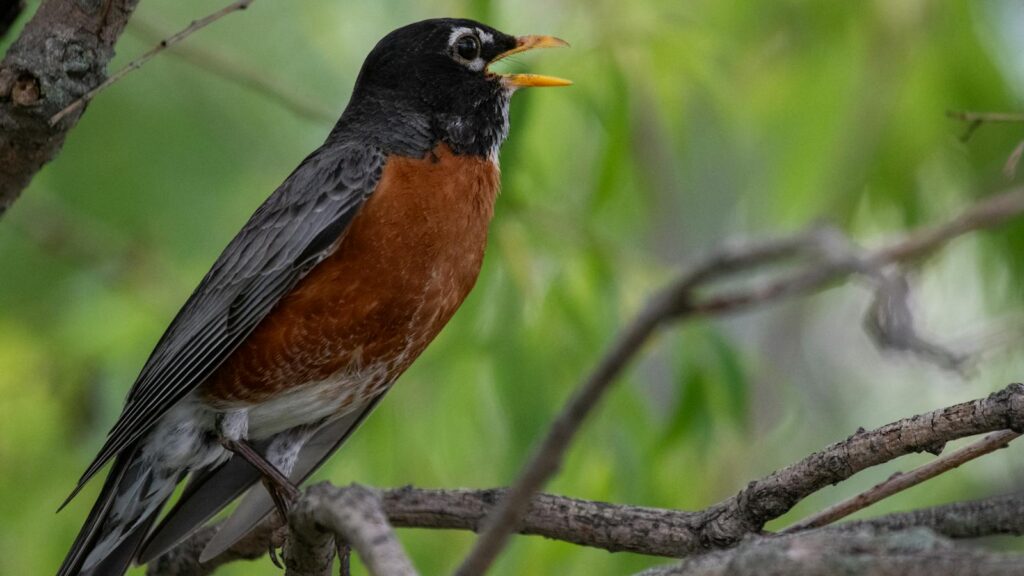
The American Robin’s song stands as perhaps the most recognizable harbinger of spring across North America. This bird’s morning vocalization consists of a series of clear, liquid, caroling phrases often described as “cheerily, cheer-up, cheerio.” What makes the robin’s song particularly noteworthy is its persistence—robins typically begin singing well before dawn and continue intermittently throughout the day, especially during breeding season. Beyond their melodious song, robins also produce a distinctive “tuttut-tut” alarm call when disturbed or when predators approach their territory. Learning to recognize both the American Robin’s cheerful song and its warning calls provides an excellent entry point into bird sound identification, as these birds are abundant in suburban environments and sing frequently throughout much of the year.
The Northern Cardinal’s Piercing Whistle
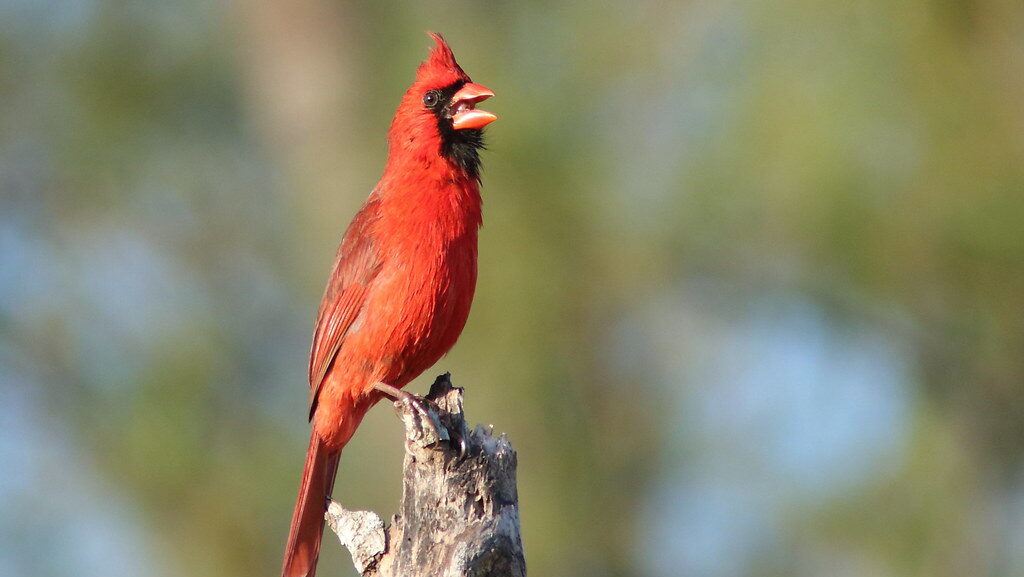
The brilliant red Northern Cardinal delivers one of backyard birding’s most distinctive and recognizable sounds. Male cardinals produce a loud, clear whistle that many birders remember with the mnemonic “what-cheer, what-cheer, what-cheer” or sometimes “purty-purty-purty.” This song typically consists of a series of slurred whistles that rise and fall in pitch, often delivered from a prominent perch. Female cardinals also sing, which is unusual among songbirds, though their songs tend to be more complex and softer than the males’. Cardinals complement their musical whistles with sharp “chip” notes used as contact or alarm calls. These distinctive vocalizations, combined with the cardinal’s year-round presence in many regions and tendency to visit feeders regularly, make their calls essential knowledge for any backyard birder.
The Black-capped Chickadee’s Namesake Call

Few bird sounds are as cheerful and easily recognizable as the Black-capped Chickadee’s signature “chick-a-dee-dee-dee” call. This complex vocalization serves multiple purposes, with the number of “dee” notes indicating different levels of alarm or excitement—more “dees” generally signal greater perceived threat. Beyond their namesake call, chickadees also produce a clear, whistled “fee-bee” song, typically heard in late winter and spring as breeding season approaches. This two-note whistle descends in pitch, with the first note higher than the second, creating a distinctive pattern that sounds somewhat like someone whistling for attention. Chickadees maintain active vocal communication throughout the year, unlike many songbirds that primarily vocalize during breeding season, making their calls a constant presence in many North American backyards across all seasons.
The Mourning Dove’s Soothing Coo
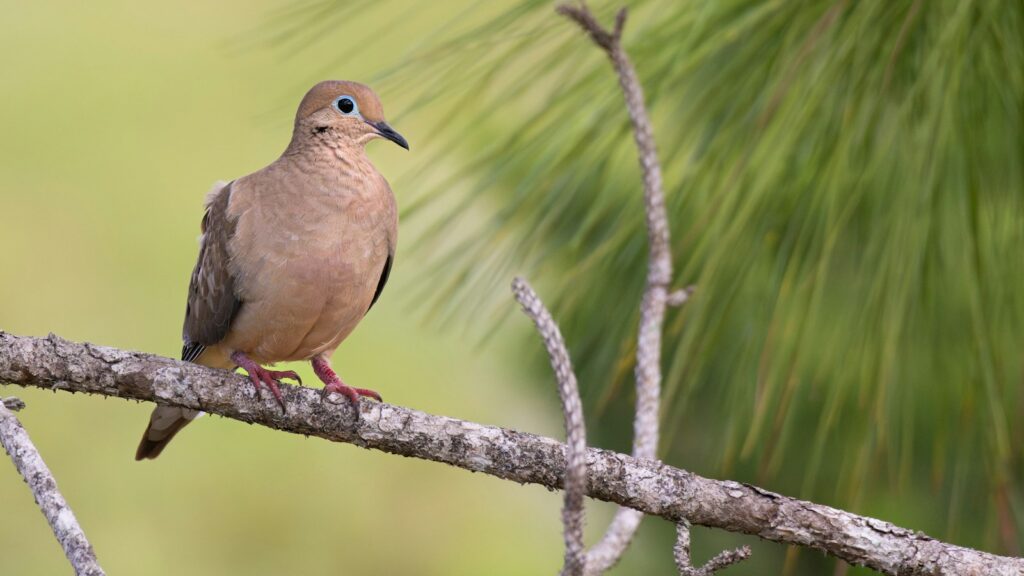
The gentle, hollow cooing of the Mourning Dove creates one of the most peaceful soundscapes in suburban and rural environments across North America. Their distinctive call consists of a series of soft, mournful “coo-OO-oo-oo-oo” phrases that give this bird its evocative name. Many people describe the sound as having a somewhat sorrowful quality, though it actually represents the male’s advertisement call during courtship. Beyond their familiar cooing, Mourning Doves also produce a distinctive whistling sound with their wings during takeoff and landing—a sharp, whistling flutter created by specialized feathers that vibrate during flight. Learning to recognize both the Mourning Dove’s vocal calls and its wing sounds provides birders with multiple identification cues for this common backyard species that often forages on the ground beneath feeders or perches on utility wires.
The Blue Jay’s Raucous Alarm
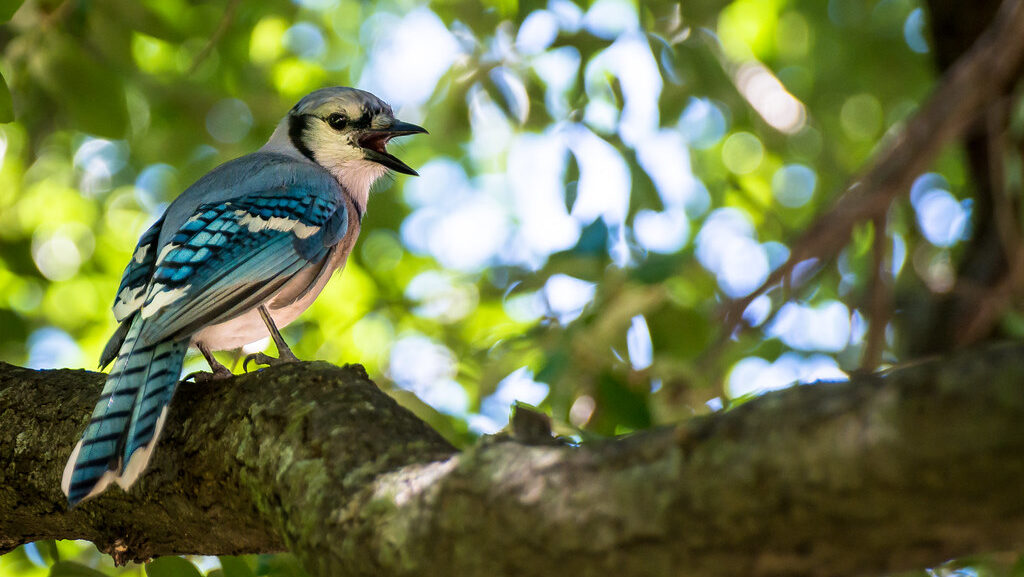
The Blue Jay serves as the neighborhood sentinel, with its loud, harsh “jay-jay” calls alerting all wildlife to potential threats. These intelligent corvids possess an extensive vocal repertoire, but their most familiar sound is the piercing, raspy scream that carries effectively through wooded areas. Blue Jays also demonstrate remarkable mimicry skills, often perfectly imitating the calls of hawks—particularly Red-shouldered and Red-tailed Hawks—which they use to test whether predators are nearby or occasionally to scare other birds away from feeding areas. Beyond these primary vocalizations, Blue Jays produce a surprising variety of musical gurgling notes, whispers, and liquid warbles that many casual observers never notice. Recognizing the Blue Jay’s primary alarm call helps backyard birders understand neighborhood disturbances and often signals the presence of cats, hawks, or other potential threats to birdlife.
The House Finch’s Warbling Song

The House Finch delivers one of suburban America’s most constant musical backgrounds with its long, cheerful warbling song. Male House Finches produce a jumbled, rambling melody that typically lasts 2-3 seconds before briefly pausing and beginning again, often continuing for several minutes from a prominent perch. Their song contains a mix of whistles, warbles, and buzzy notes strung together in phrases that rise and fall in pitch, ending with a characteristic downward slur. Unlike many birds with very structured songs, each male House Finch develops a unique variation, though all maintain the species’ characteristic musical quality and pattern. House Finches vocalize year-round but sing most vigorously during breeding season, providing a consistent, pleasant soundtrack for backyard birders across most of North America, particularly in suburban environments where these adaptable birds thrive.
The American Goldfinch’s Undulating Flight Call

The American Goldfinch announces its presence with a distinctive flight call often transcribed as “po-ta-to-chip” or simply “per-chick-o-ree.” This vocalization, typically delivered as the bird undulates through the air in its characteristic bouncy flight pattern, serves as an excellent identification tool even before you spot its bright yellow plumage. Beyond this flight call, male goldfinches produce a variable, canary-like warbling song during breeding season, consisting of long sequences of twitters, warbles, and swee notes. Goldfinches maintain active vocal communication year-round, though their calls change somewhat seasonally, with winter flocks producing constant contact calls to maintain group cohesion. Learning to recognize the goldfinch’s flight call helps backyard birders identify these beloved birds as they travel between feeding areas, particularly where thistle and sunflower feeders attract these seed-loving finches.
Understanding Bird Call Variations by Region
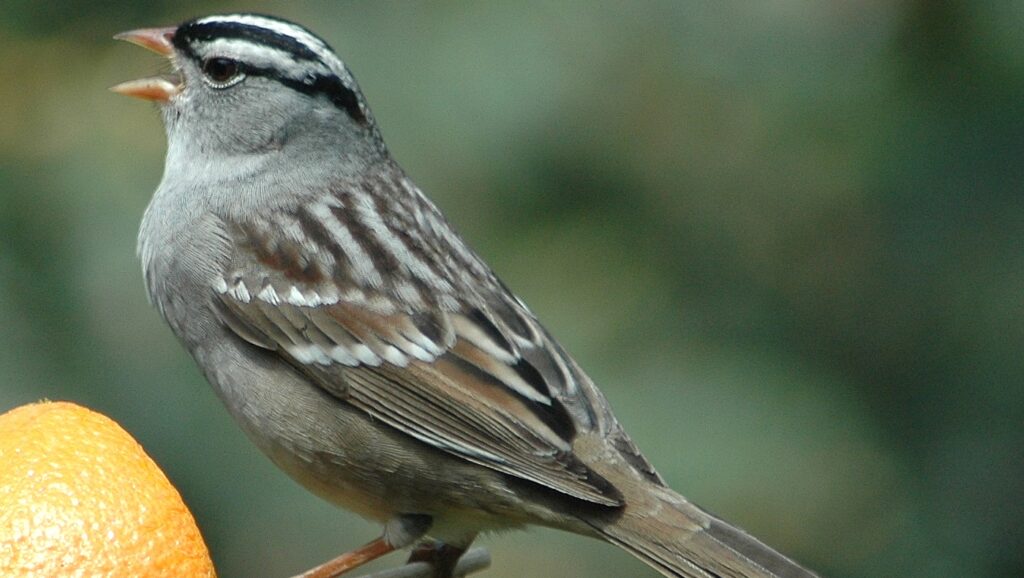
Bird calls can vary significantly across geographic regions, creating distinct dialects within the same species. For example, White-crowned Sparrows from California sound noticeably different from those in Alaska, with variations in tempo, pitch, and phrase structure that ornithologists can use to identify a bird’s origin. These regional variations develop through cultural transmission as young birds learn songs from their neighbors, gradually establishing local “accents” that can persist for generations. Climate and habitat also influence call characteristics—birds in dense forests often develop lower-pitched calls that travel better through vegetation, while those in open areas may use higher frequencies. For backyard birders, awareness of these regional differences helps explain why local birds might sound slightly different from recordings in field guides or apps developed in other parts of the country, and why developing familiarity with your specific local populations proves most valuable for identification.
Seasonal Changes in Bird Vocalizations
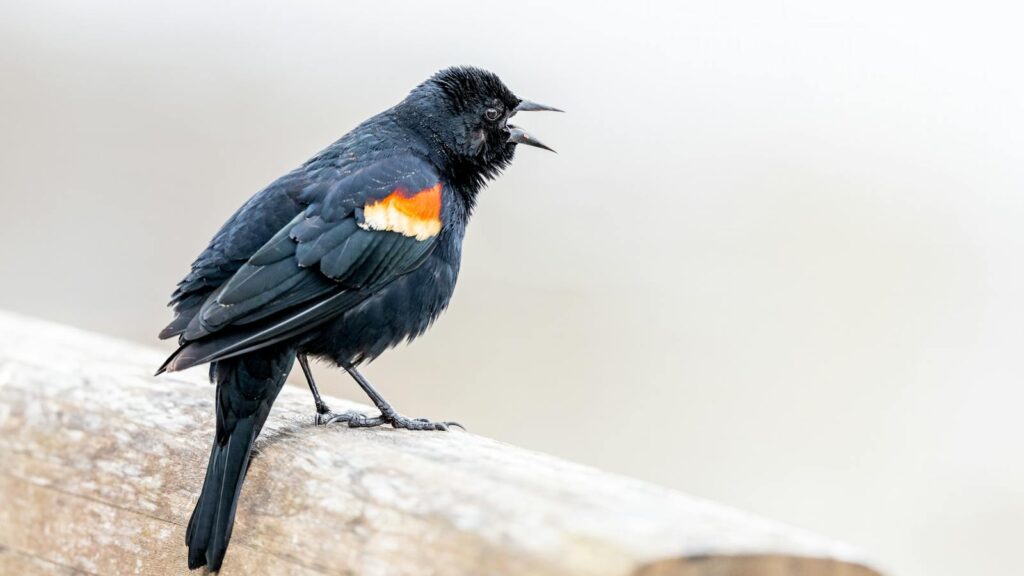
Bird vocalizations undergo dramatic seasonal shifts that reflect changing biological imperatives throughout the year. Spring brings the greatest vocal diversity and intensity as males establish territories and attract mates with their most complex and energetic songs. Summer vocalizations often decrease in frequency once pairs have bonded and nesting begins, though birds continue to use contact calls and alarm calls to maintain pair bonds and protect young. Fall migration introduces transitional vocalizations and flight calls as birds move between breeding and wintering grounds, with many species using specific migration calls that differ from their breeding vocalizations. Winter generally features reduced singing but continued communication through contact calls, particularly among species that form winter flocks or maintain year-round territories. Understanding these seasonal patterns helps backyard birders anticipate changes in their sonic landscape and explains why bird identification by sound requires different approaches throughout the year.
How to Practice Bird Sound Recognition
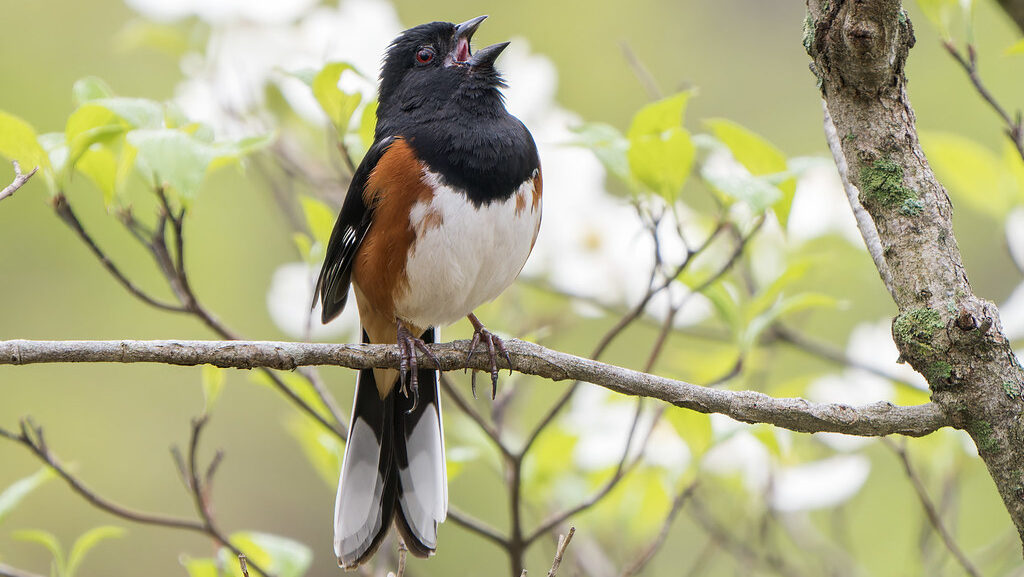
Developing proficiency in bird sound identification requires consistent, focused practice using multiple approaches. Begin with frequent listening sessions in your backyard, concentrating on connecting visual identification with simultaneous vocalizations to build strong mental associations. Recording apps like Merlin Bird ID or Song Sleuth provide invaluable real-time identification assistance, allowing you to confirm your guesses and gradually build confidence with more challenging calls. Creating personal mnemonics or phrases that mimic the rhythm and quality of specific bird calls can dramatically improve recall—the Eastern Towhee’s “drink-your-teeeeea” or the White-throated Sparrow’s “Oh sweet Canada, Canada, Canada” serve as classic examples. Regular practice with dedicated bird sound libraries or quizzes, such as those available through the Cornell Lab of Ornithology, provides structured learning opportunities beyond random backyard encounters. Participating in guided bird walks with experienced birders who can point out sounds in real-time accelerates learning through social reinforcement and immediate feedback.
Common Challenges in Bird Sound Identification
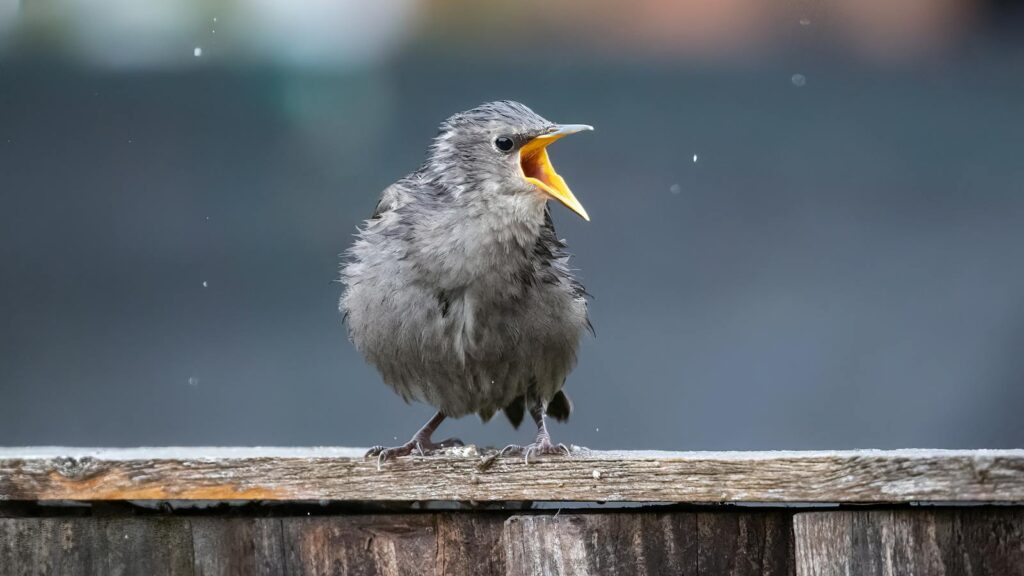
Even experienced birders encounter significant challenges when identifying birds by sound alone. Background noise presents a persistent obstacle, particularly in urban and suburban environments where human-generated sounds can mask or distort bird vocalizations. Simultaneous singing by multiple species creates complex soundscapes where distinguishing individual calls requires focused attention and experience. Mimicry further complicates identification, as species like Northern Mockingbirds, European Starlings, and Blue Jays accurately reproduce the calls of dozens of other birds, sometimes inserting these imitations into their own songs. Individual variation within species adds another layer of complexity, as factors like age, sex, geographic origin, and even emotional state can alter call characteristics. Weather conditions also influence bird vocalizations, with wind, rain, and temperature affecting both how birds produce sounds and how these sounds travel through the air to human ears, requiring birders to adjust their expectations and identification techniques accordingly.
Tools and Resources for Learning Bird Sounds
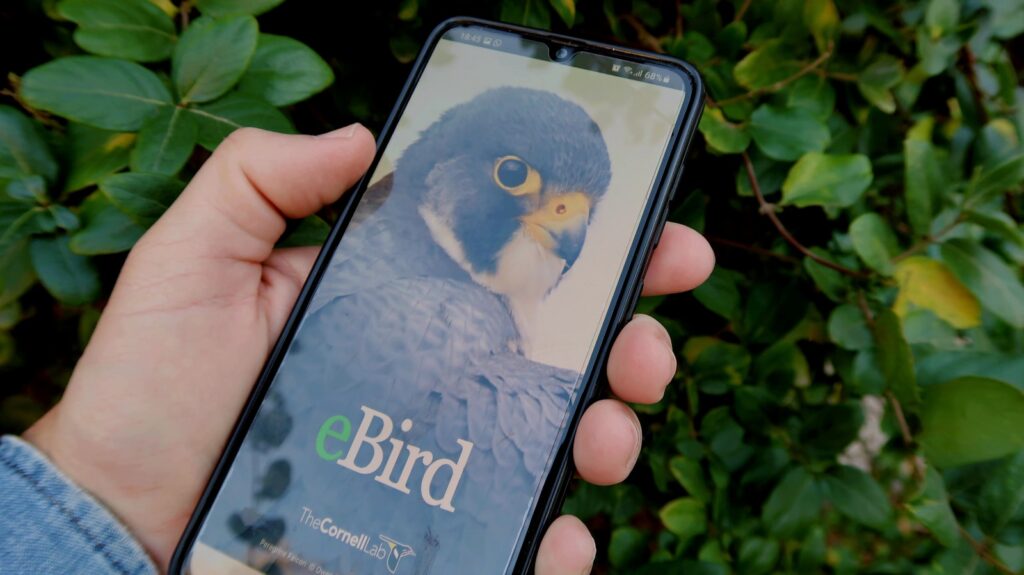
Modern technology has revolutionized how birders learn and identify bird sounds. Smartphone apps like Merlin Bird ID, Audubon Bird Guide, and BirdNET offer instant identification capabilities, analyzing recorded sounds and suggesting likely species matches. The Macaulay Library at Cornell University provides the world’s largest collection of bird sounds, accessible through their website or the eBird app, allowing users to compare multiple recordings of the same species across regions and seasons. Several specialized learning platforms focus specifically on auditory recognition, including the Bird Song Hero game from Cornell Lab and the Larkwire app, which use interactive exercises to build sound identification skills progressively. Traditional field guides now frequently include QR codes or companion apps that let readers hear vocalizations while viewing visual identification cues. For hands-on learners, guided bird walks specifically focused on sound identification, often offered by local Audubon chapters or nature centers, provide irreplaceable field experience with knowledgeable mentors.
How Understanding Bird Sounds Enhances Conservation
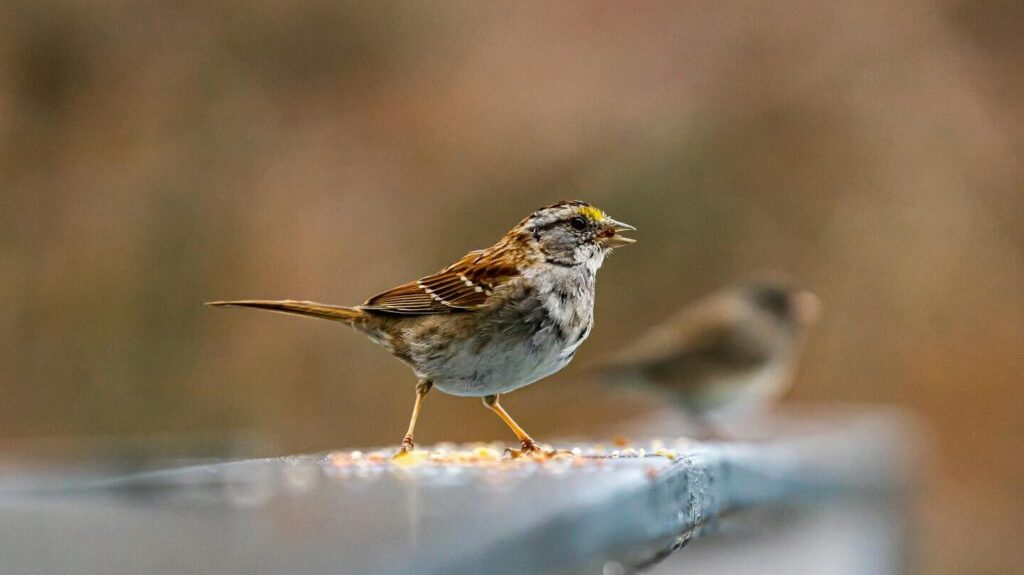
Developing proficiency in bird sound identification contributes significantly to conservation efforts by enabling citizen scientists to collect more comprehensive data. Many bird population surveys, including the North American Breeding Bird Survey and Christmas Bird Count, rely heavily on acoustic detection, as many species are heard far more frequently than they are seen. Acoustic monitoring helps researchers track population trends, detect range expansions or contractions, and identify critical habitat areas based on the presence of indicator species. For threatened or endangered birds, acoustic surveys often provide the least invasive monitoring method, allowing researchers to confirm presence without disturbing nesting or feeding behaviors. On a personal level, birders who recognize sounds develop deeper connections to local ecosystems and often become more engaged advocates for habitat protection in their communities. As climate change alters bird distribution patterns, citizen observations of out-of-range vocalizations provide early warning signals of shifting populations that might otherwise go undetected.
Conclusion

The world of bird sounds offers an endlessly fascinating gateway into nature appreciation that extends far beyond simple species identification. By mastering these seven fundamental backyard bird vocalizations, you establish a solid foundation for lifetime learning and enjoyment. Each recognized call deepens your connection to the natural rhythms of your immediate environment, transforming ordinary moments into opportunities for discovery and wonder. As you train your ears to distinguish the cheerful carol of an American Robin from the melancholy coo of a Mourning Dove, you’ll find yourself increasingly attuned to the subtle changes in your backyard ecosystem throughout seasons and years. This auditory awareness enriches not just your birding experience but your entire relationship with the natural world, reminding us that sometimes the most meaningful connections begin not with what we see, but with what we hear.
